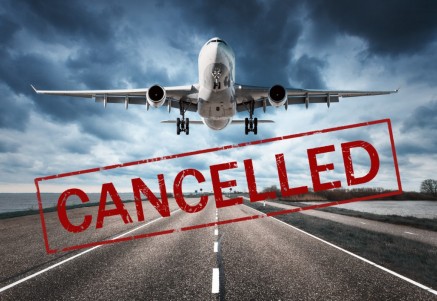According to Bernard Frisher, Professor of Informatics at Indiana University, Virtual Reality has found its time to solve the problem that only it can solve right now- that problem is the coronavirus pandemic.
As the coronavirus pandemic has brought the world a major challenge and kept everyone within their homes for safety, tourism has faced a major and unprecedented challenge as people are not interested in flying to another country and visiting the sights right now.
However, in the words or Frisher, this poses a great opportunity for virtual tourism to become the ‘new normal’ in tourism now and after the pandemic.
Virtual tourism offers millions of people solace, enjoyment, and escape in times like this as they can experience the world’s greatest monuments and see the big sights from the comfort and safety of their homes.
Tourism Economics, a consulting firm projects that it will be until 2023 before people will return to the normal way of life we had before the pandemic outbreak.
As many countries of the world enter phase 2 of dealing with the pandemic, Frisher expects that some travels and some cultural activities will resume. However, it is expected that people will be wary of infections and will not engage in many activities aside from what is necessary.
Social distance is also expected to reduce the number of persons who can be accommodated on buses and on flights, as well as in hotels and museums. The price of flying is inevitably going to increase as well, cutting down the number of persons who can afford these flights.
From hotel rooms to meals, and the number of persons accommodated for every tour trip, prices are also expected to increase in these areas according to Frisher.
Frisher also projects that Tourism locations farthest from their visitors, as well as those with higher density, will suffer the brunt of this development more, as people will opt for closer locations and less density than farther locations with the major population.
The United Nation world tourism organization predicts that international tourist numbers could fall by 60%- 80% in 2020 as compared to 2019.
In 2019 tourism accounted for about 3 trillion dollars of the world’s GDP. With a 60% reduction, there will be a loss of 2 trillion dollars.
With these realities and more in place, there are a lot of challenges facing the ‘traditional’ tourism industry and it will naturally take a while for the industry to recover, and many years to recover fully if ever at all.
Here lies the opportunity for virtual tourism to reach out and become a contributor, solution, and the new reality in world tourism.






